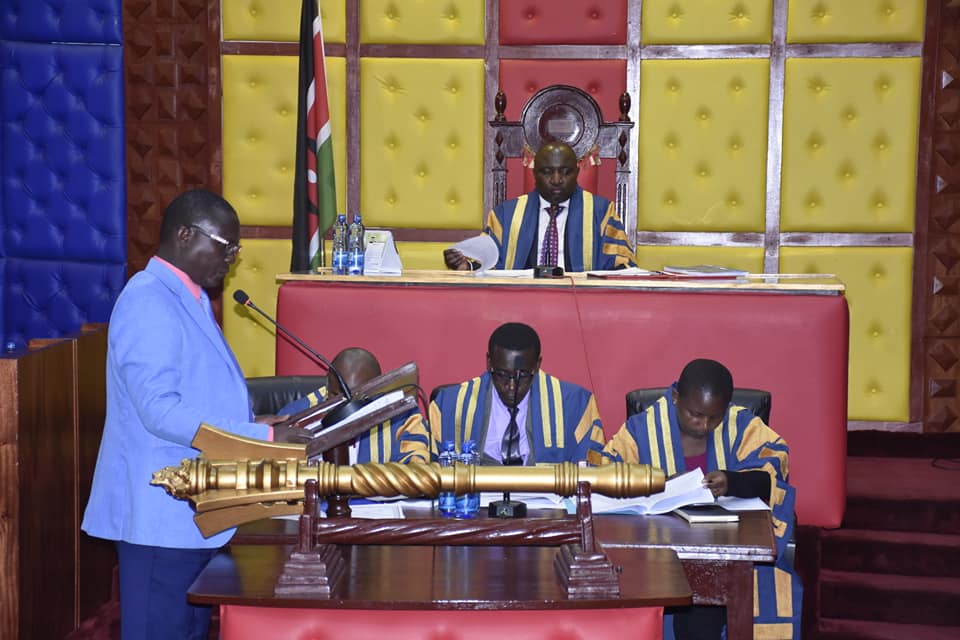The organizational structure of county government in Kenya plays a vital role in the effective governance and administration of the country. With the implementation of devolution in 2013, Kenya transitioned from a centralized government system to a decentralized one, granting significant powers and resources to 47 county governments.
In this article, we will delve into the structure of county government in Kenya, highlighting its key components and functions.
1. County Government Composition:
Each county government in Kenya consists of two main branches: the Executive and the Legislative.
a) Executive Branch
The Executive Branch is headed by the County Governor, who is the chief executive officer of the county government.
The Governor is elected by the residents of the county and serves as the political head of the county. Under the Governor, there are various executive positions, including the Deputy Governor, County Executive Committee Members (CECMs), and County Chief Officers.
These officials are responsible for implementing county policies and overseeing the day-to-day operations of the county government.
b) Legislative Branch:
The Legislative Branch comprises the County Assembly, which is responsible for making laws and policies at the county level.
MUST READ: Ndovu ni Kuu Biography, Real Name, Education, Career, Personal Life
The County Assembly consists of Members of the County Assembly (MCAs) who are elected by the residents of their respective wards.
The Speaker, elected by the MCAs, presides over the County Assembly sessions and ensures the smooth functioning of legislative processes.
2. Functions of County Government:
a) Service Delivery
County governments in Kenya are primarily responsible for providing various services to their residents. These services include healthcare, education, water and sanitation, infrastructure development, agriculture, and public transportation.
The county government’s structure ensures that these services are efficiently delivered and tailored to the specific needs of the county.
b) County Planning and Budgeting
The county government structure plays a crucial role in the planning and budgeting process. The Executive branch, led by the Governor, prepares the County Integrated Development Plan (CIDP), which outlines the county’s development priorities and strategies.
The County Assembly, through its Budget and Appropriations Committee, scrutinizes and approves the county’s budget, ensuring transparency and accountability in resource allocation.
c) Revenue Collection
County governments have the authority to collect revenue to finance their operations and service delivery. They generate revenue through local taxes, fees, charges, and grants from the national government.
The county government structure establishes departments responsible for revenue collection, ensuring proper management and utilization of resources for the benefit of the county and its residents.
d) Policy Formulation and Implementation
The County Assembly, as the legislative body, plays a crucial role in policy formulation and oversight. It debates and enacts laws, regulations, and policies that govern the county.
MUST READ: Dr. Raymond Ojwang’ Omollo Biography, Interior PS
The Executive branch is responsible for implementing these policies and ensuring their effective execution through its various departments and agencies.
Conclusion:
The organizational structure of county government in Kenya reflects the principles of devolution, promoting democratic governance, citizen participation, and local decision-making.
The Executive and Legislative branches work together to provide essential services, plan, and budget effectively, collect revenue, and formulate policies that address the needs of their respective counties.
This structure empowers counties to drive development and improve the quality of life for their residents, fostering a more inclusive and equitable society.
'Want to send us a story? Submit to NAIROBIminiBLOGGERS via our Email nairobiminiblogger@gmail.com'

Drop Your Comments, What do you think About The Article?